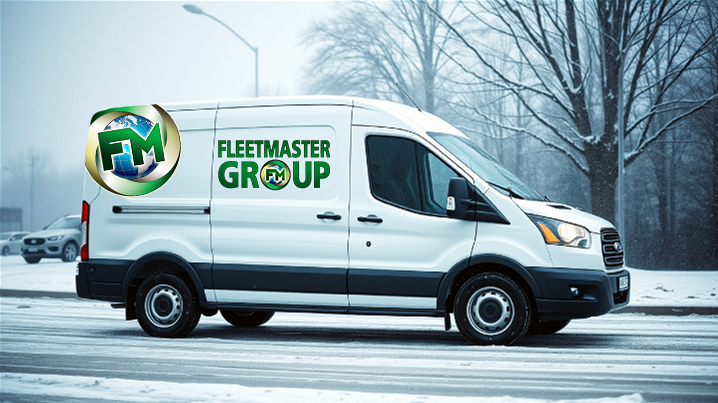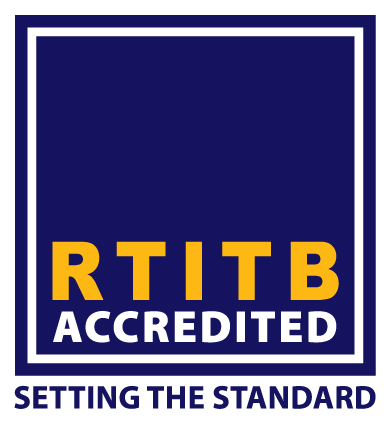Winter Driving Tips - 2024
Dated: 18 Jan, 2024

As we all know the temperatures have dropped into the minuses this week, so we thought we would give you a quick reminder of some winter driving tips to help with the freeze.
Before your journey
Before you even begin your journey, you need to ensure you are prepared and that your vehicle is safe and legal to take to the wintery roads.
- Plan your route according to the driving conditions. If you know some roads are prone to snow, frost or ice build-up, especially hills, then try to avoid them by planning your route differently. To aid in planning your route, check the weather forecast on a night to see what you will be up against the following day. Also remember to not just rely on once source for the weather, compare forecasts from the TV, weather apps and online to get a feel of what a common theme is.
- Make sure your wipers are in good working order. You do not want to be halfway through your journey to find you are unable to see through your windscreen and your wipers are not in working order.
- Clear your windows inside and out, and also remove any snow build up from your vehicle. You need to make sure you can see out of all of your windows before you set off. Allow yourself extra time to defrost and clear your vehicle before beginning your journey.
- Top up your washer fluid with antifreeze screen wash as this will prevent the fluid from freezing.
- Check your current scraper and de-icer are still up to the job.
- Ensure your tyres are legal and safe. Make sure your tyre pressures are inflated to the manufacturer’s recommended figure, and aim to have at least 3.00mm tyre tread for increased traction/grip. Some manufacturers suggest that tyres below 3.0mm tread lose a significant amount of grip and water clearing ability. Remember, the more tread you have, the more grip you will have!
- Ensure all your lights are in working order for required visibility.
- Keep an emergency kit with you should you become stuck. This could include a hi-vis jacket, food, water, appropriate footwear, de-icer, scraper, torch, shovel and sufficiently charged mobile phone so that you can contact anybody you need to such as your breakdown company and your line manager.
- Before you set off, we would also recommend tuning your radio into a good weather and traffic update station so that you can adjust your route if needed rather than getting stuck. Stations such as Sally Traffic and TrafficMusicRadio are good stations for frequent updates, but have a check of the stations in your local area too to find your go-to source of traffic and weather updates.
During your journey
Now that you have ensured your vehicle is roadworthy and that you are prepared for the journey ahead, below are some tips to keep you in control.
- Brake and accelerate smoothly and gradually. This will keep you in control and decrease the likelihood of skidding.
- Slow down before bends and descending hills. Don’t let the environment control you!
- Drive in the highest gear possible, starting off in second gear if possible.
- Make sure you can stop within the distance you can see to be clear. If you cannot see far into the road ahead, drop your speed and keep in control. Remember, your stopping distance can increase by up to 10 times in icy conditions, so you need to make sure you can comfortably come to a stop in the space you can see.
- Increase your following distance by ten times – even if your vehicle has safety features such as ABS.
- Light steering and reduced road noise mean you are driving on ice, take extra caution and drive at an appropriate and safe speed.
- Frost, ice and snow remain for longer under trees, on and under bridges and in areas exposed to wind. Again, take extra care and choose an appropriate speed in these environments.
- Make sure your wipers are in the off position (not obstructing your view) when you stop – they can freeze to the window, potentially blocking your view when you next set off.
What if you skid?
- Take your foot off the pedals and steer to regain control.
- Only use the brake if you cannot steer out of trouble.
What if you get stuck?
- Keep a track of where you are in case you require your breakdown company to come out. You will need to tell them your location so that they can get to you.
- If you need to leave your vehicle, stand well away from traffic!
- Do not keep trying to move if the wheels spin, this will only dig you in deeper.
- Turn your wheels from side to side a few times to push the snow out of the way. Remember to straighten up the wheel after doing this.
- Be sparing with the accelerator to ease your vehicle out.
- Use a shovel to clear snow away from the wheels and the underside of the vehicle.
- Pour sand, gravel, or salt in the path of the wheels to help you get traction.
- Shift from forward to reverse, and back again. Each time you are in gear, give a light touch on the accelerator until the vehicle gets going.
What if you encounter black ice?
Firstly, you need anticipate that you will come across black ice when the temperature is at or just below 0°C. At this temperature water will freeze on the cold tarmac. Ensure you are looking far ahead when driving (as you should anyway) so that you can anticipate and or spot where black ice is present. Black ice can build up on bridges, shadowed areas, and areas where the sun is melting the snow, but the air is still cold.
If you find yourself on black ice, do not hit the brakes! Instead, you want to gradually let off the accelerator and steer as little as possible.
Get in touch
If you would like to enquire about driving training, including winter driving courses, email us at enquiries@fleetmastergroup.com or call us on 01924 416624.
The minus weather may only be here for this week, but Fleetmaster are here to support you all year round!


















